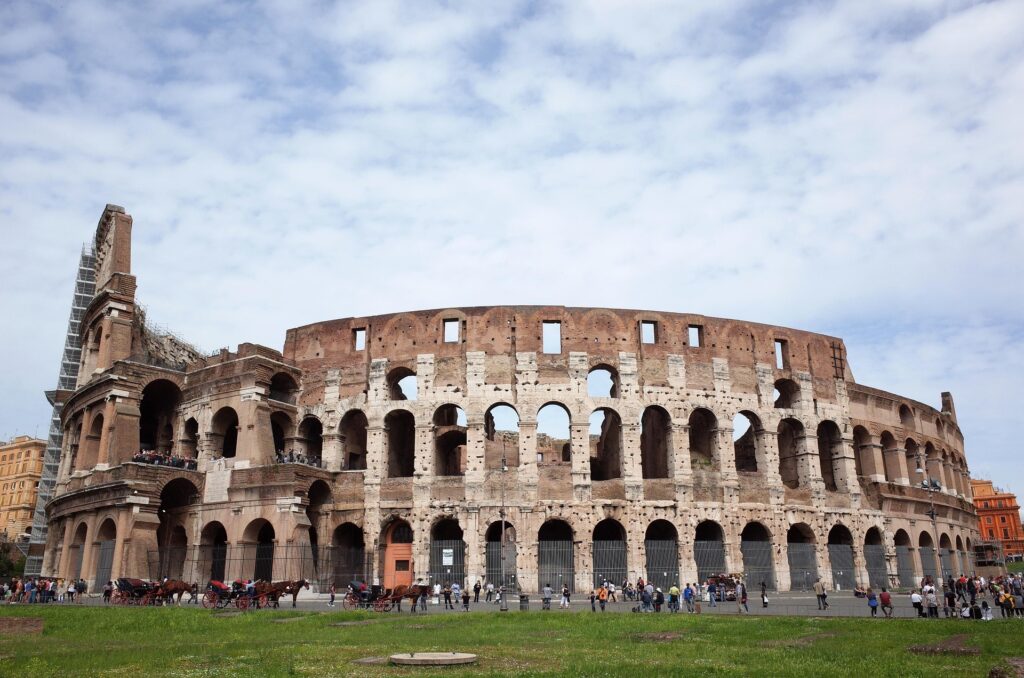How the Colosseum Has Survived 2,000 Years of Earthquakes
Rome’s Colosseum stands as a testament to ancient Roman engineering, having withstood multiple earthquakes since its completion in 80 CE. The secret to its longevity lies in its innovative architectural design and construction techniques.
The architects employed three key structural elements. First, they used travertine limestone blocks weighing up to 300 tons, fitted together without mortar using iron clamps. This “dry-stacking” technique allows the structure to flex during seismic events rather than crack.
Second, the building’s distinctive elliptical shape helps distribute seismic forces evenly. The curved walls disperse energy throughout the structure, preventing concentrated stress points that could lead to collapse.
Third, the Colosseum’s clever foundation system plays a crucial role. Built on a 13-foot-thick concrete base atop clay soil, the foundation includes innovative drainage systems that prevent water accumulation and soil instability during earthquakes.

Despite these engineering marvels, earthquakes in 442, 1349, and 1703 CE caused significant damage. The southern wall collapsed during the 1349 quake, and subsequent tremors dislodged exterior stones. The fallen materials were later repurposed for other Roman buildings, including St. Peter’s Basilica.
Modern structural reinforcement efforts began in the 1990s, focusing on stabilizing the northern and southern walls. Engineers installed seismic monitoring systems to track the building’s movement and response to ground tremors, ensuring this architectural wonder continues to stand for future generations.
The Colosseum’s earthquake resilience has influenced modern architectural practices, particularly in seismic zone construction. Its survival demonstrates how ancient Roman engineering principles remain relevant in contemporary building design.
